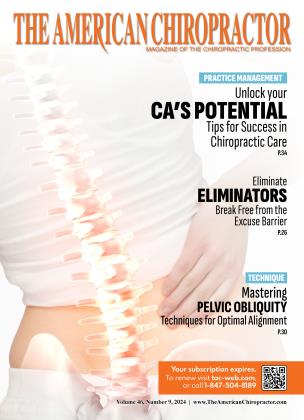Using Laser Therapy to Treat the Different Symptoms in All Stages of Peripheral Neuropathy
By Dr. Ryan Novak
Peripheral neuropathy is a complex condition with numerous etiologies and five stages of degeneration. No matter the etiology or stage of the condition, laser therapy can successfully treat the pain and lack of localized blood circulation associated with peripheral neuropathy. Please note that properly identifying and addressing the cause(s) and stage of the condition will significantly accelerate and optimize your treatment outcomes.
The top four causes of peripheral neuropathy are diabetes, infectious disease, direct compression, injury, and chemotherapy, with heavy metal or chemical toxicities and nutritional deficiencies commonly interwoven. According to the Centers for Disease Control and Prevention, diabetes is the most common cause of peripheral neuropathy, and as of 2021, 29.7 million people in the United States were diagnosed with diabetes. It is also estimated that nearly 50% of those diagnosed with diabetes will eventually be affected by peripheral neuropathy.
What are the five stages of peripheral neuropathy?
Stage 1: Intermittent pain and numbness.
Stage 2: More frequent or intense intermittent pain and numbness.
Stage 3: Constant pain, usually with trouble sleeping.
Stage 4: Less pain but more numbness with noticeable motor function changes, including balance.
Stage 5: All numbness with significant motor function changes and other associated complications.
Which type of laser therapy is better for peripheral neuropathy — cold laser therapy (LLLT) or high-intensity laser therapy (HILT)? According to multiple research articles LLLT and HILT have both shown positive outcomes in treating the symptoms of diabetic and chemotherapy-induced peripheral neuropathy.1,2,3,4
In my personal clinical experience, I have found that using LLLT to increase localized blood circulation and vagus nerve stimulation works very well for all stages and for isolating points of pain in stage 1 and 2. In the constant excruciating pain of stage 3, I have found that HILT may be more appropriate for most patients to alleviate that constant pain. In stages 4 and 5, I have found that combining any form of properly modulated and implemented laser therapy with a noninvasive peripheral nerve stimulator works best for helping regain sensory and motor function.
The standard of medical care has limited options for treating symptoms of peripheral neuropathy. Chiropractors are more equipped to help patients with this devastating condition, especially chiropractors with postgraduate training and clinical experience in laser therapy, noninvasive peripheral nerve stimulation, lab analysis, and nutrition. Enhance your patient base and treatment outcomes quickly by simply implementing staff-driven, research-backed medical devices in your office.
About the Author
Dr. Ryan Novak is the chief scientific officer (CSO) for a sonophotobiomodulation therapy medical device facility and consulting firm, which develops and distributes FDA-approved and registered devices, such as the PainBuster Super Pulsed Laser.
For more information, call 877-799-7477 or visit PainBusterPro.com.
References
 View Full Issue
View Full Issue






